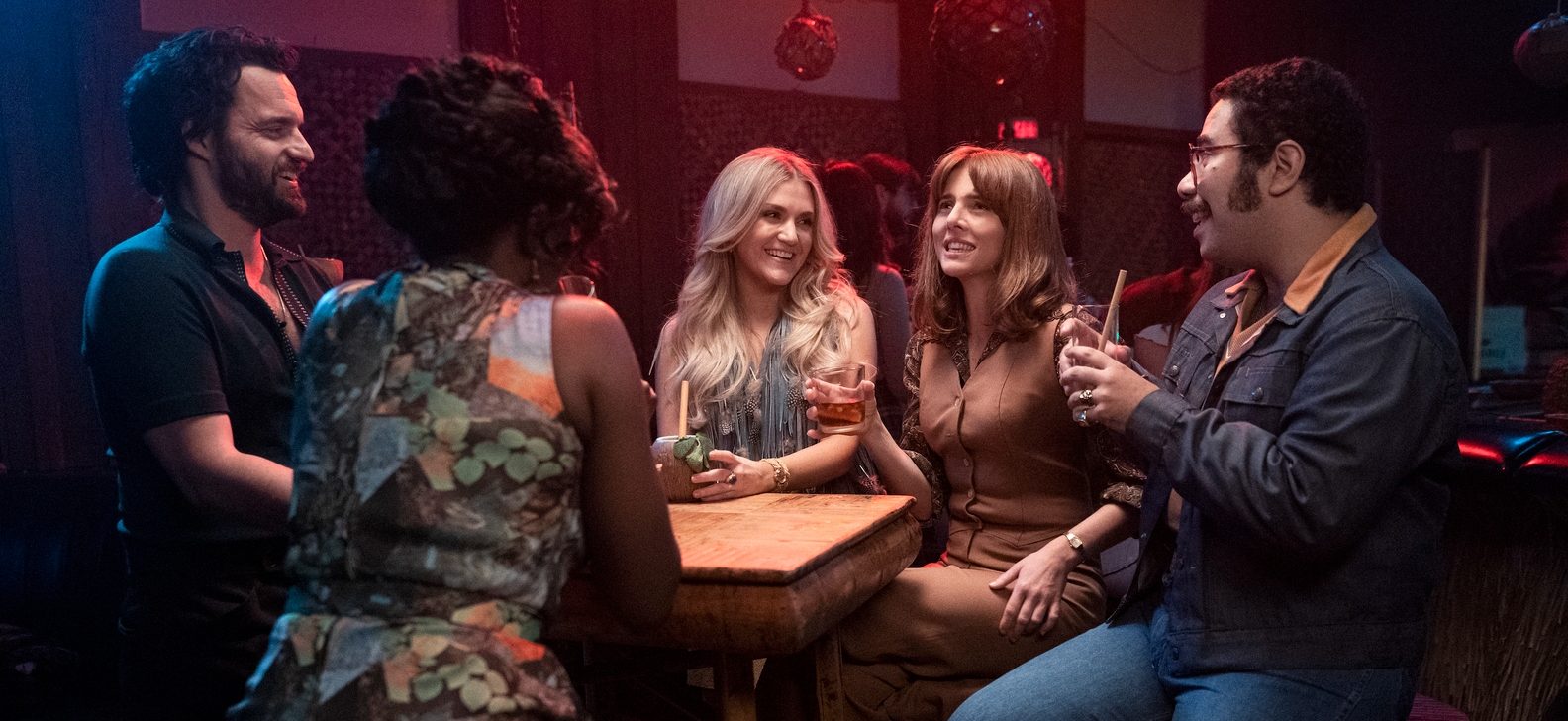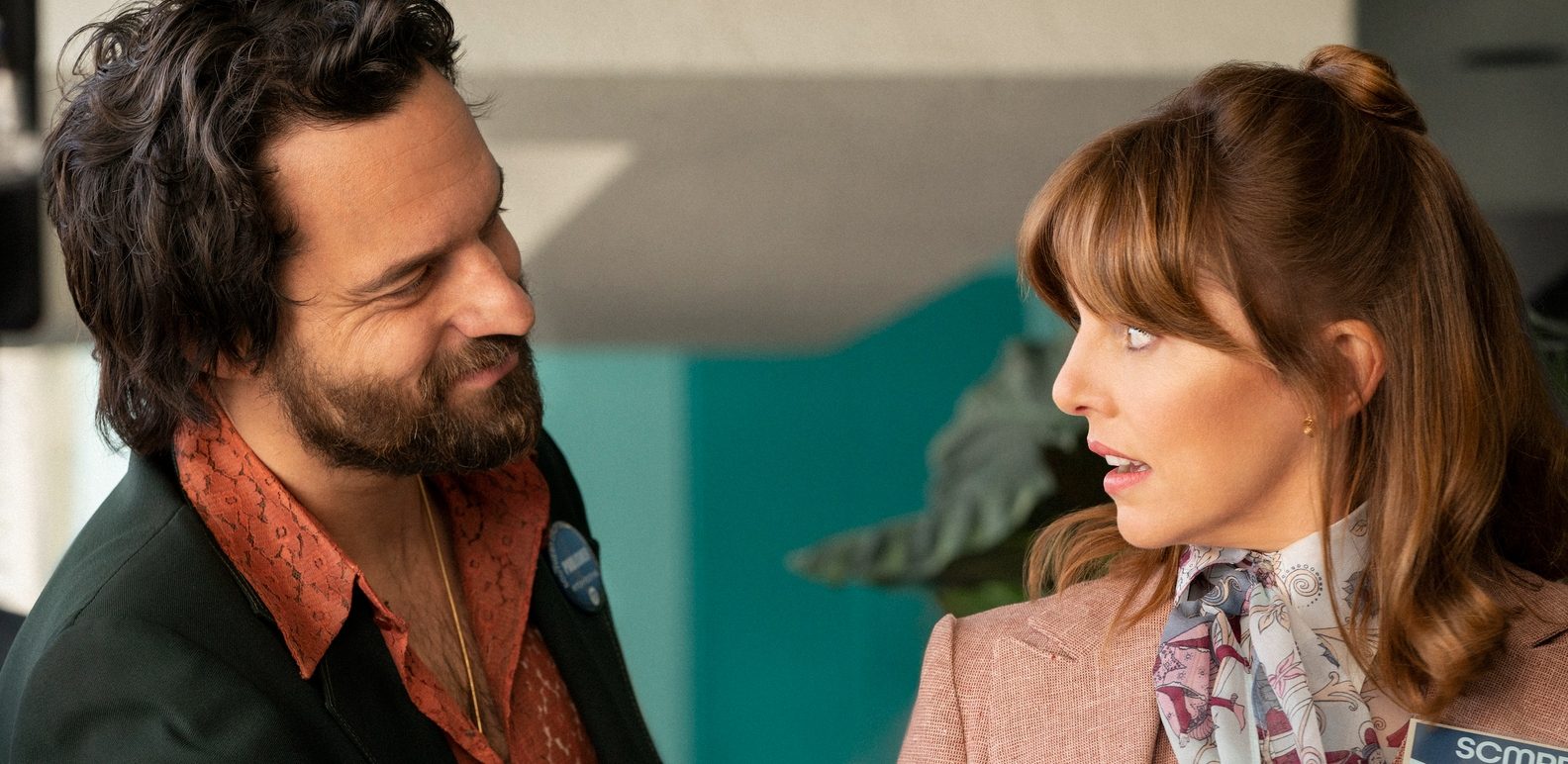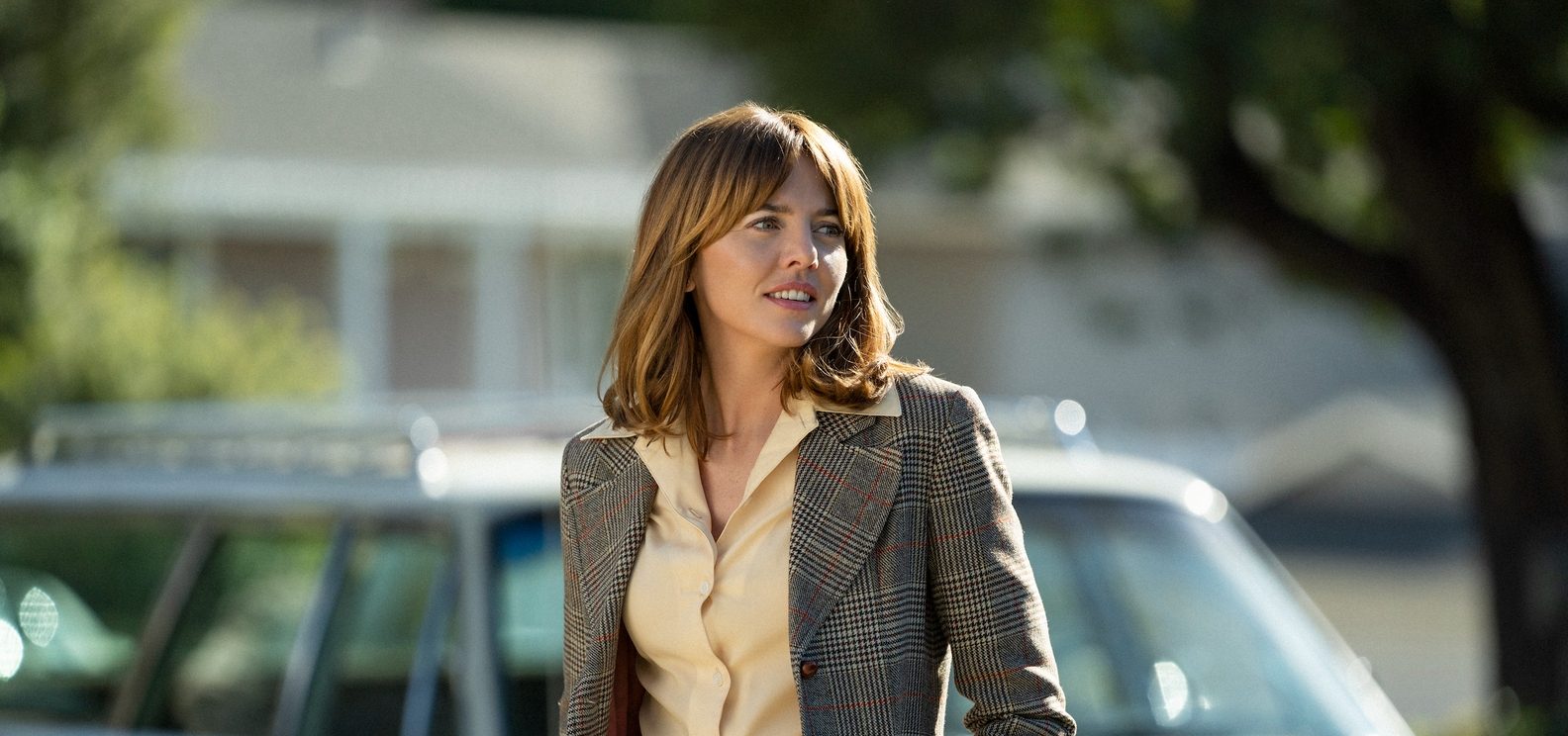HBO Max’s comedy series ‘Minx’ follows Joyce, who pitches a radical feminist magazine to several publishers, only to get rejected. As she continues her attempts to find a publisher, Joyce comes across Doug Renetti, a pornography publisher who expresses his interest in Joyce’s magazine. Doug offers Joyce an opportunity but asks her to conceive an erotic magazine for women instead of her initial magazine idea. As the series progresses through Joyce’s efforts to release the magazine named ‘Minx,’ one must be wondering whether the character is based on a real person. Let’s find out!
Is Joyce Based on a Real Person?
No, Joyce is not based on a real person. The character is conceived by creator Ellen Rapoport for the show without a definite real-life counterpart. Rapoport was inspired by the 1970s’ pornography magazines for women and the associated feminist movements of the time. She created Joyce as the doorway to this world of feminism, depicting the show chiefly from the point of view of the character. Through Joyce, Rapoport portrays how women discovered their sexual desires without being limited by the taboos of the patriarchal society in the ‘70s.

Even though Joyce is a fictional character, she seemingly represents several female editors and contributors who worked in the aforementioned pornographic magazines for women in the ‘70s. ‘Viva,’ an erotic magazine published by ‘Penthouse’ founder Bob Guccione and his wife Kathy Keeton, was chiefly run by several women in distinct capacities to introduce the perceptions of women in pornography and eroticism.
They, like Joyce in the show, gave importance to several issues regarding womanhood in the magazine, including sexual desire, physical and sexual independence, and more. Joyce reminds us of these influential figures who worked in ‘Viva,’ including Anna Wintour, Patricia Bosworth, and Alma Moore. Joyce is also a representative of second-wave feminism that influenced numerous women across the United States to fight misogyny, emphasize womanhood, and celebrate women’s desires.
Although Joyce initially fails to understand how liberating sexual practices can be, she gradually realizes the same and eventually promotes it through ‘Minx.’ Joyce’s realizations — which lead her to the nuances of her sexual desire and independency — allow Rapoport to acknowledge the results of second-wave feminism. Joyce’s relationship with her sister Shelly and associate Bambi depicts the sense of collective belonging women had in the ‘70s.

Rapoport conceived Joyce as a strong-willed woman, who unapologetically displays her independence to the men around her. She is willing to learn from her peers and she believes in the feminist cause. Joyce also seeks to extend her support to her fellow women using her creativity and resources. Although she is a fictional character, these features of Joyce remind us of several women-rights activists, editors, and writers who played considerable roles to propel the feminist movements. Thus, the character’s connection to real-life coexists with Joyce’s fictionality.
Read More: Where is Minx Filmed?


You must be logged in to post a comment.